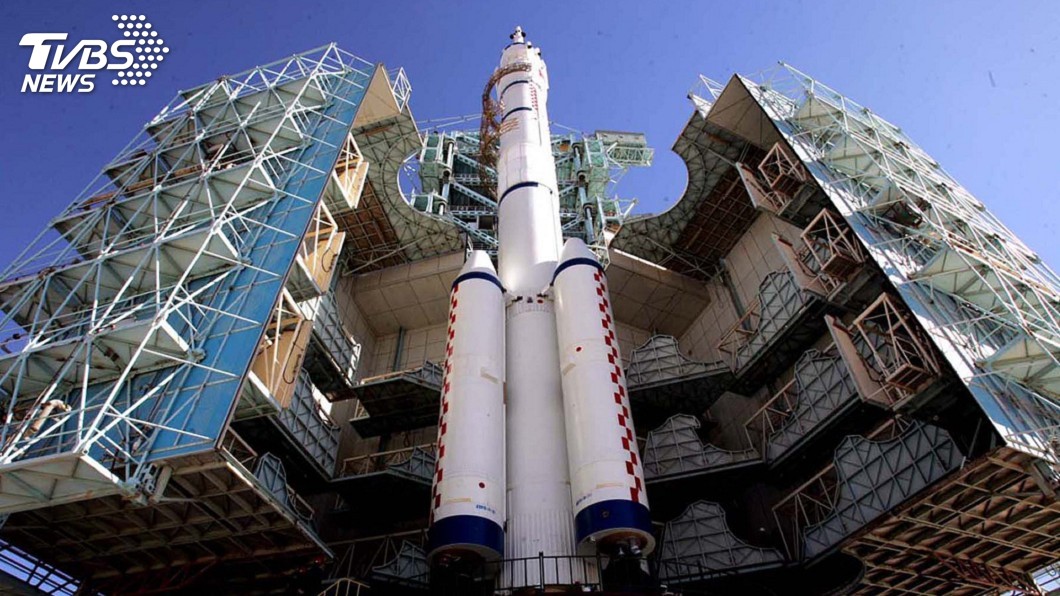TAIPEI (TVBS News) — China is poised to make history with its Chang'e 6 mission, aiming to collect approximately 2kg of lunar samples, a feat that surpasses the 1.731kg retrieved by Chang'e 5 in 2020. This ambitious endeavor, part of China's extensive lunar exploration programs, seeks to deepen our understanding of the moon, Earth, and the solar system's history.
Scheduled to land in the Apollo basin, an area beyond direct communication with Earth, the mission highlights the competitive edge in the US-China space race, focusing on lunar landings and orbital 'parking spots.'
Technological Breakthroughs and Strategic Launch
Ge Ping, deputy director at the CNSA's Lunar Exploration and Space Programme Centre, emphasized the mission's significant technological advancements. These include innovations in lunar orbit design, intelligent sampling technology, and take-off and ascent technology on the moon's dark side.
Zhu Haiyang from the China Academy of Launch Vehicle Technology also pointed out the mission's complex launch strategy, which is dictated by the constantly changing positions of the Earth and moon, requiring a "narrow window, multiple trajectories" approach.
The Road Ahead
Looking forward, Lin Xiqiang, deputy director of the China Manned Space Agency, announced plans to send astronauts to the moon by 2030. This ambitious goal will be supported by key mission components like the Long March 10 rocket and Mengzhou spacecraft, currently under development.
Furthermore, the Chang'e 7 mission, set for a 2026 launch, will include an orbiter, a lander, a rover, and a small flying probe designed to search for ice in lunar pits.
This mission will pave the way for the Chang'e 8 mission around 2028, aiming to establish the International Lunar Research Station at the moon's south pole, with support from Russia, Venezuela, Pakistan, and others, for a permanent human presence on the moon.



